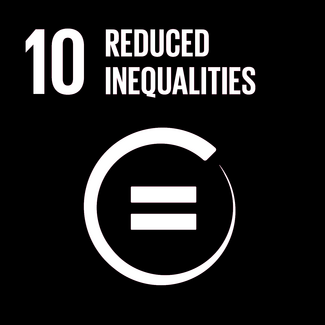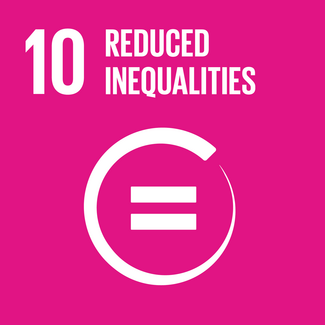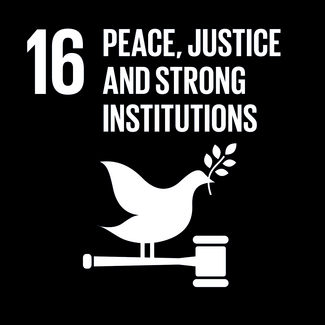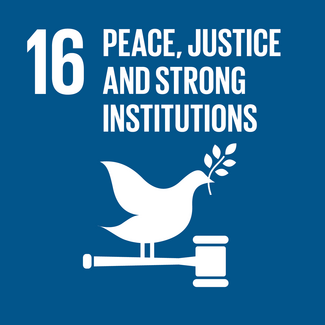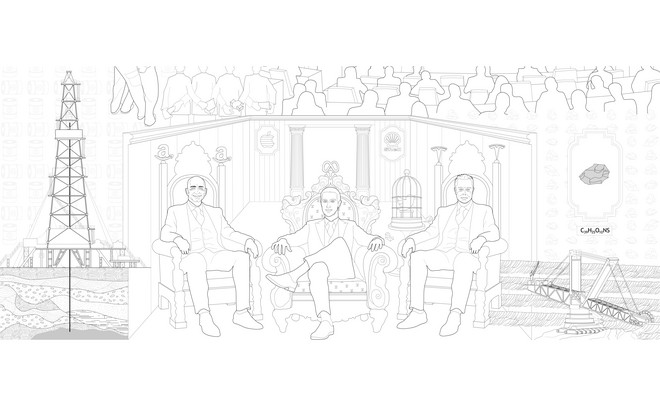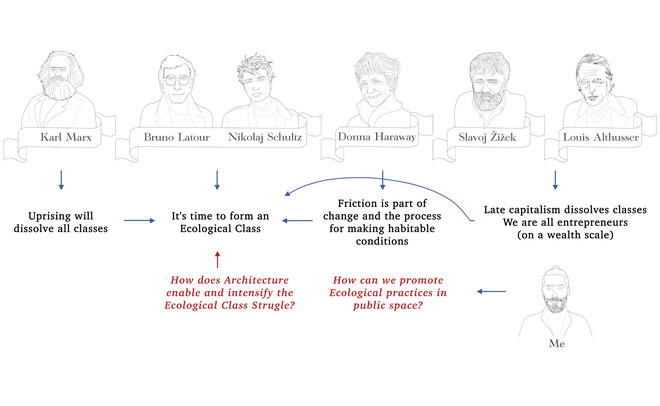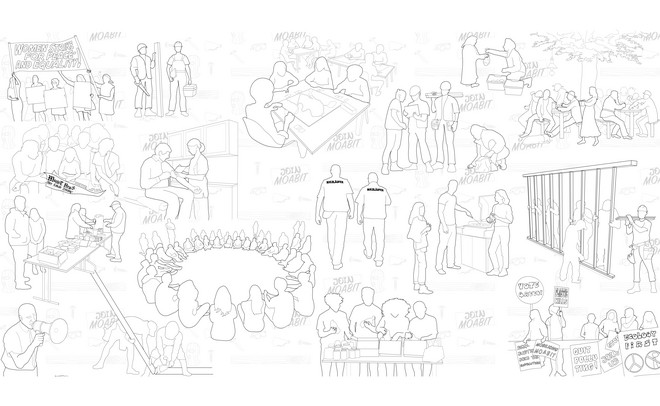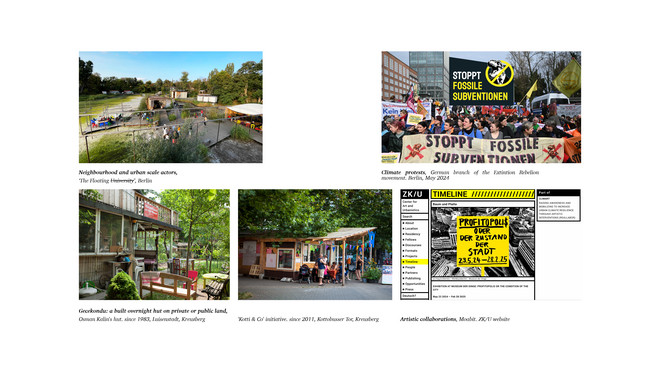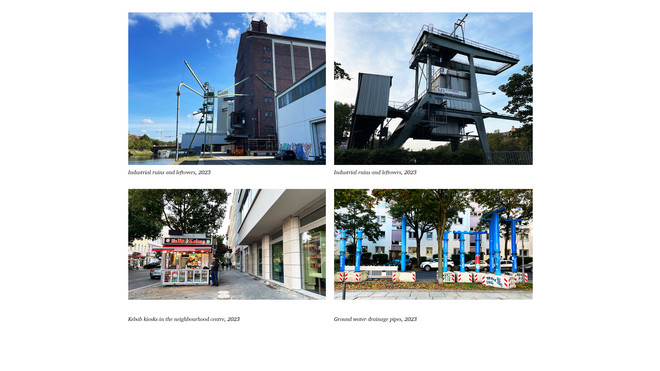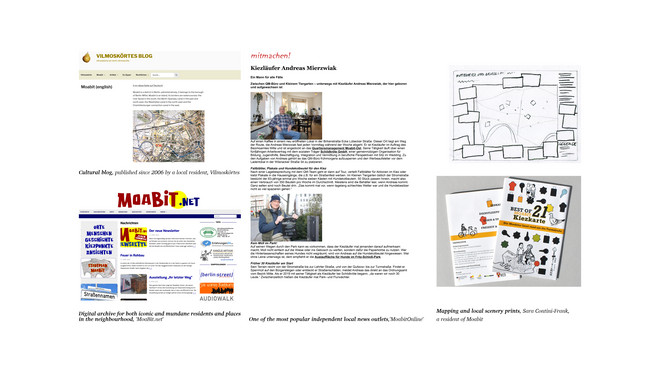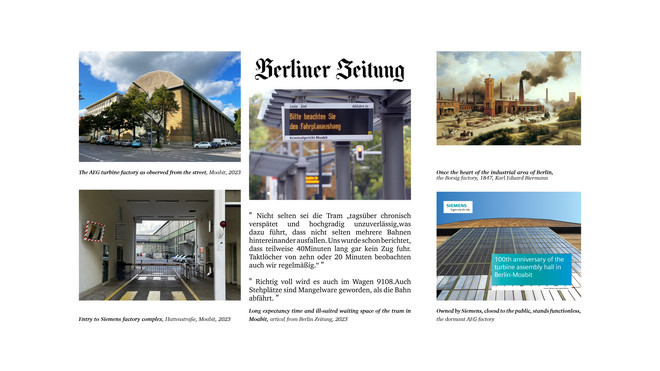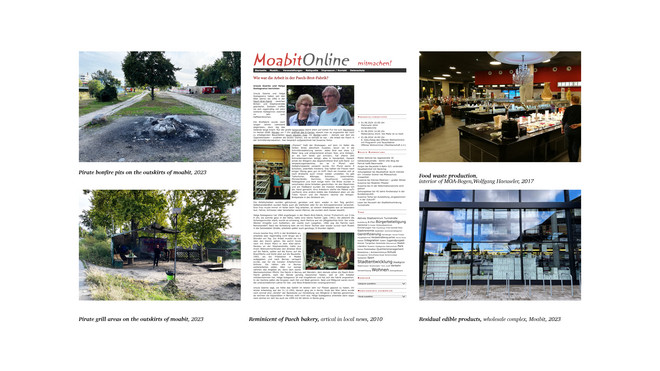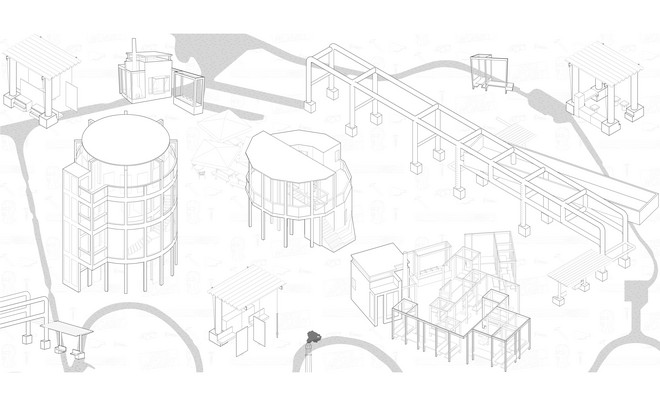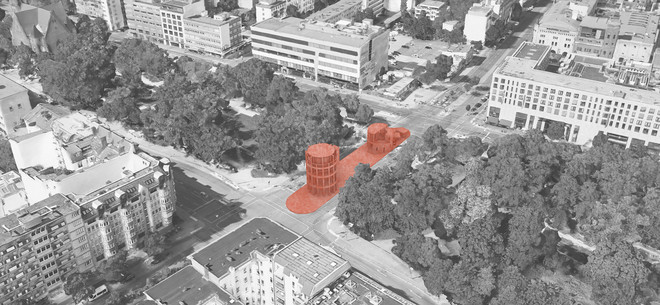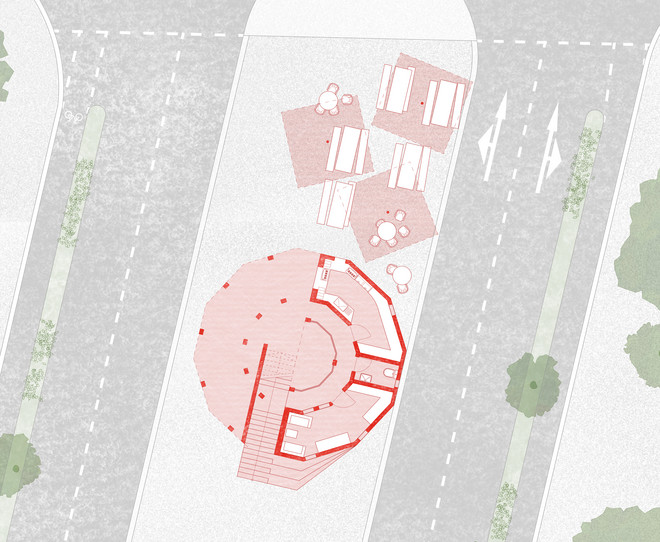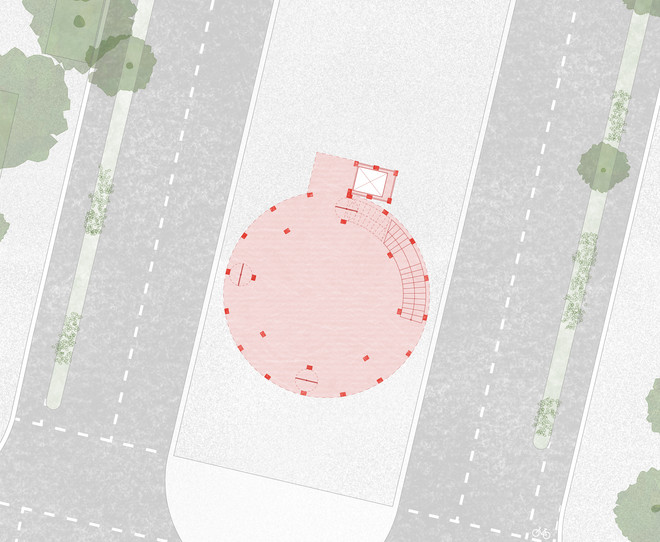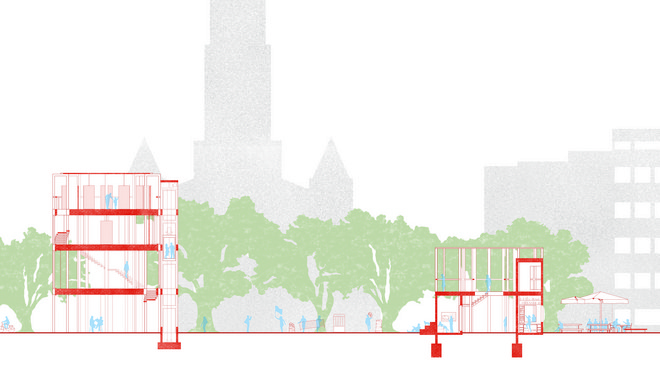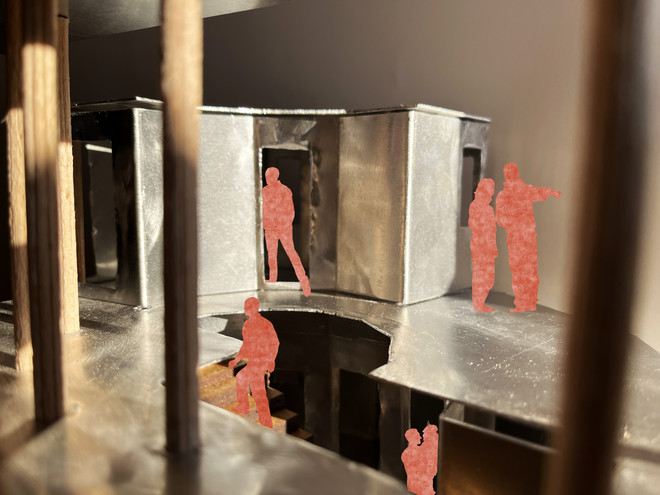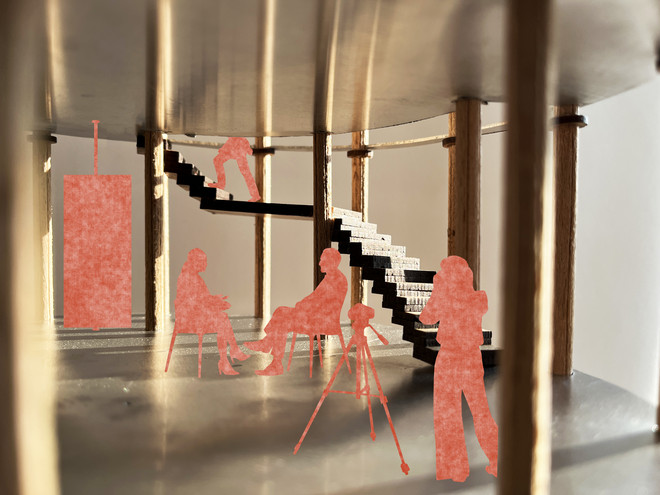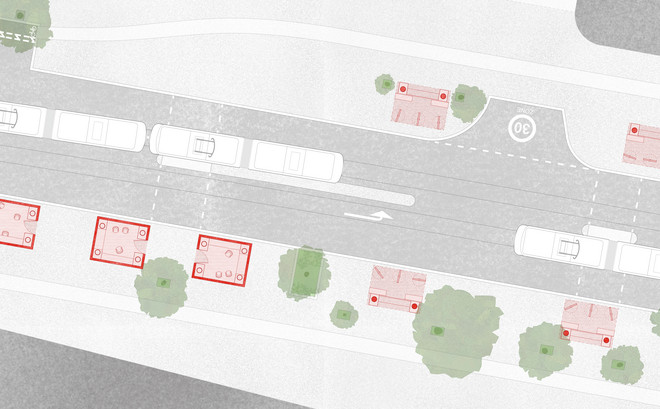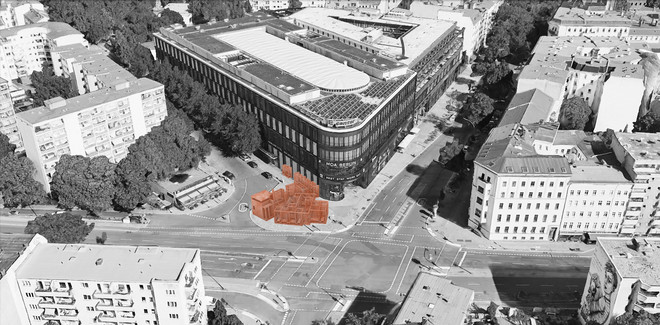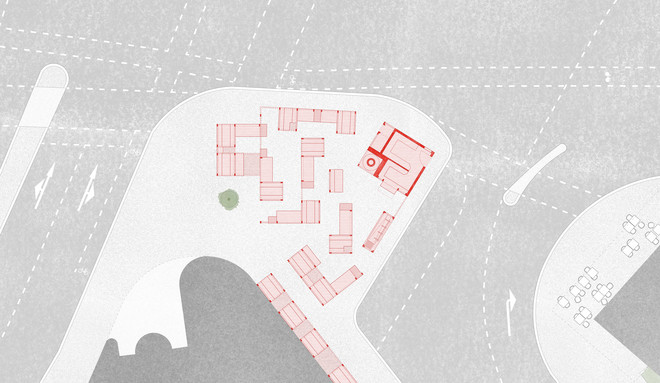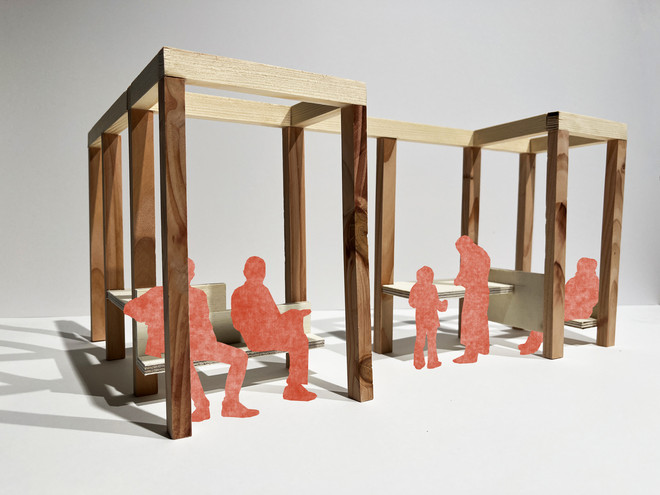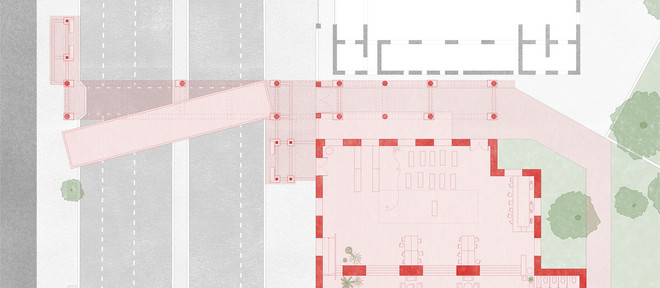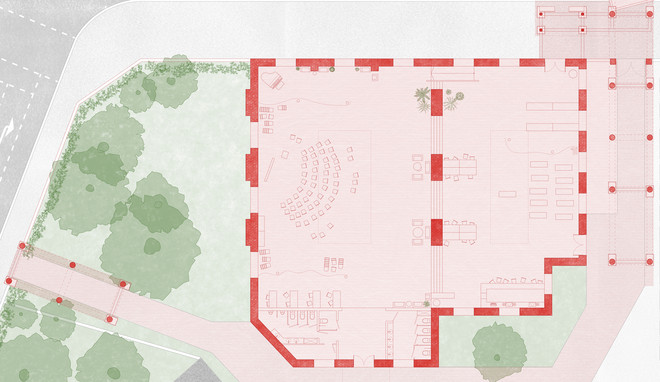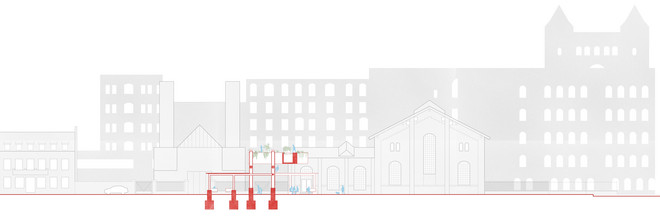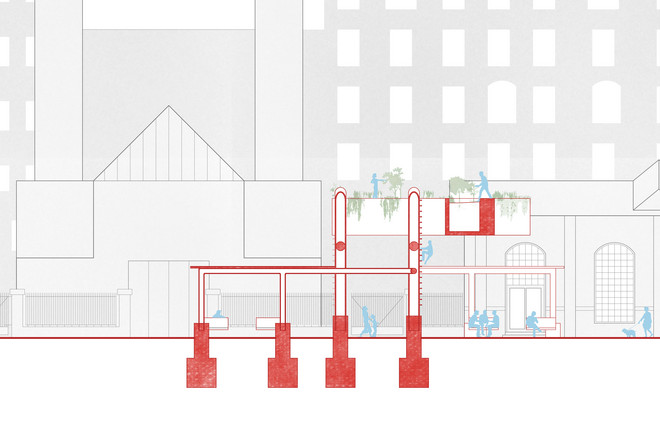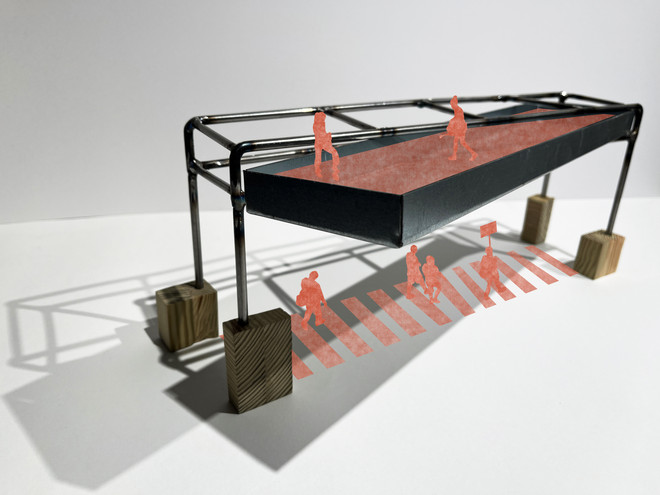
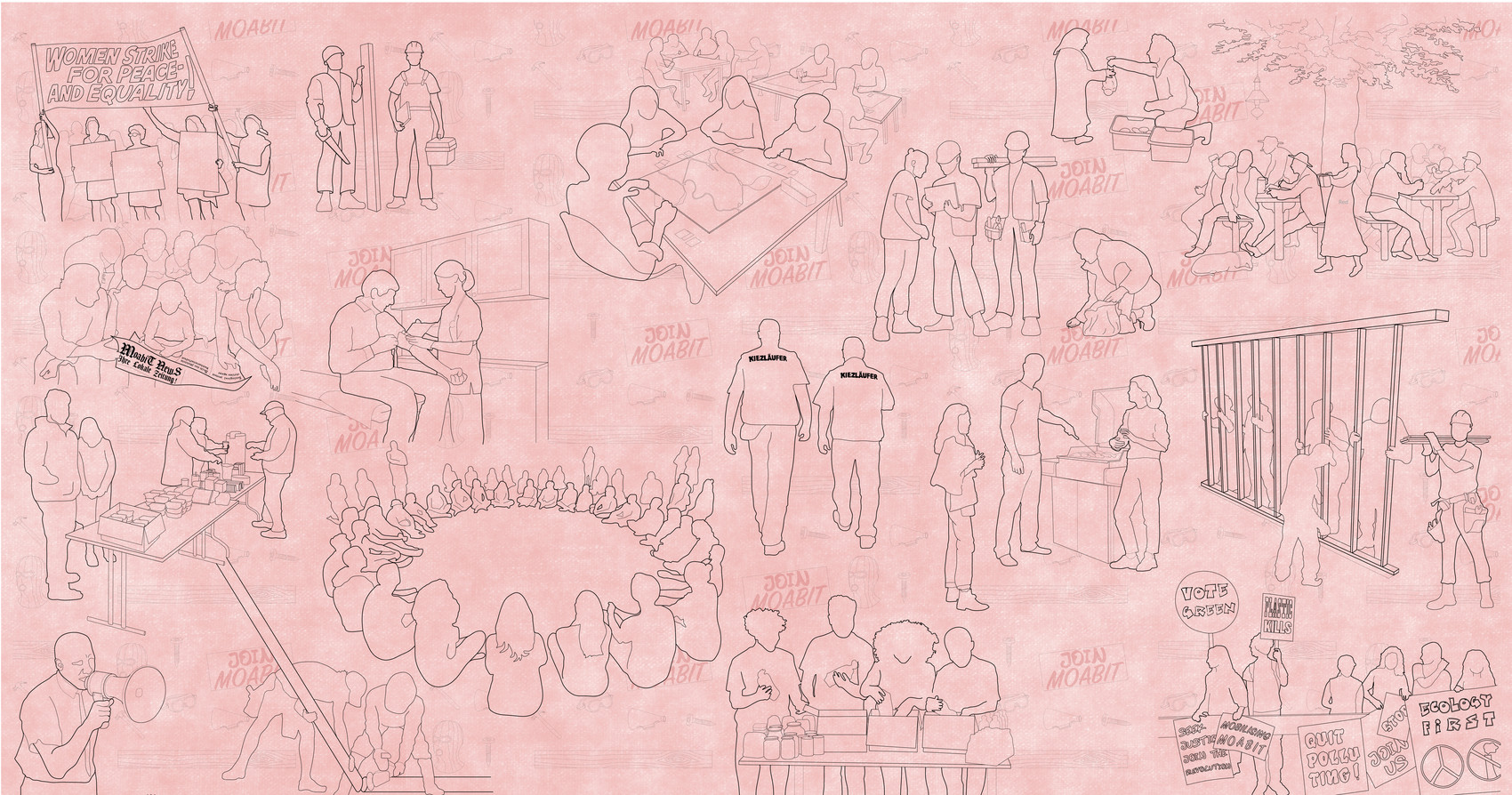
Ecological Class Architecture
An Ecological Class Struggle is necessary for life in the near and far future. A class transition that is based on Ecological Values, our political actions, and practices is key for influencing our conditions of habitability. This is a study on building incendiary catalysts which are meant to intensify the Ecological Class Struggle. An assemblage of defiant probes is introduced to Moabit, Berlin.
We live at a time where we can witness climate change through the calamities that occur around our planet. We can see it, we can feel it, and we cannot ignore reality any longer.
We are also witnessing the emergence of a new type of class, the Ecological Class. In Bruno Latour and Nikolaj Schultz’s memorandum—’The Emergence of the Ecological Class”; They point out the importance of an Ecological Class self-awareness and propose a strategy for it to manifest.
This project is about an architecture that enables and mobilises this new class typology. A class which endeavours for a better future, and an architecture that aims to give agency to the people. This means providing a platform for free speech and the need for assembly, community organisation and accountability, as well as the right to health and food security.
This project is about giving agency to the people of Moabit, to the new and existing participants of the Ecological Class. Both Class and Climate struggles are already happening on different scales around the globe, by people that are not necessarily aware of the significance of their actions or that they are taking a part in a universally emerging movement.
We can’t rely on cultural and educational institutions to come up with the cultural inventory needed for the Ecological Class to replace the Neo-Liberal hegemony. We have to take matters in our own hands and influence others to do the same. The architecture that I suggest aspires to accommodate and enable Ecological Practices, increase and intensify the Ecological Struggle, and empower and give agency to the people that will bring about the change.
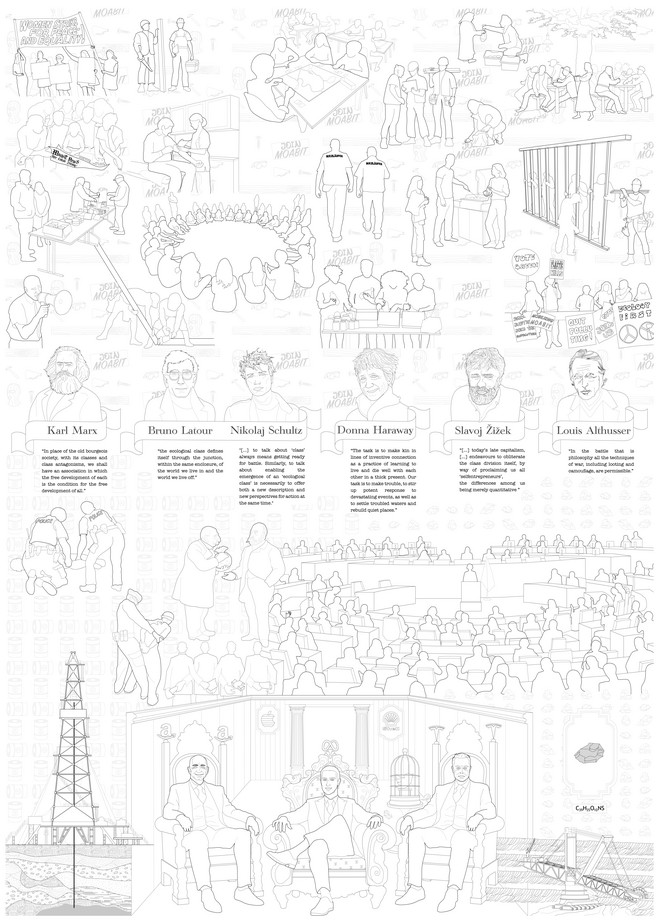
A big part of the struggle is protesting and building. I offer a simple DIY layout for a Struggle ToolKit. A tool box which contains the equipment necessary for demonstration, along with the tools needed for building the structures that can facilitate the Ecological Class. The case itself is designed to wear as a shield against police brutality, which unfortunately is not uncommon in Germany.
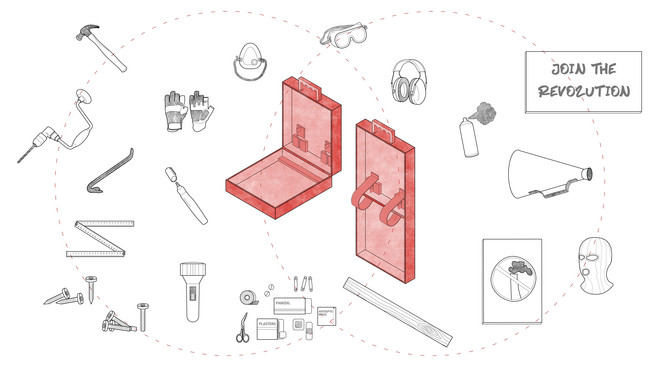
Similarly, to talk about enabling the emergence of an ‘ecological class’ is necessarily to offer both a new description and new perspectives for action at the same time."
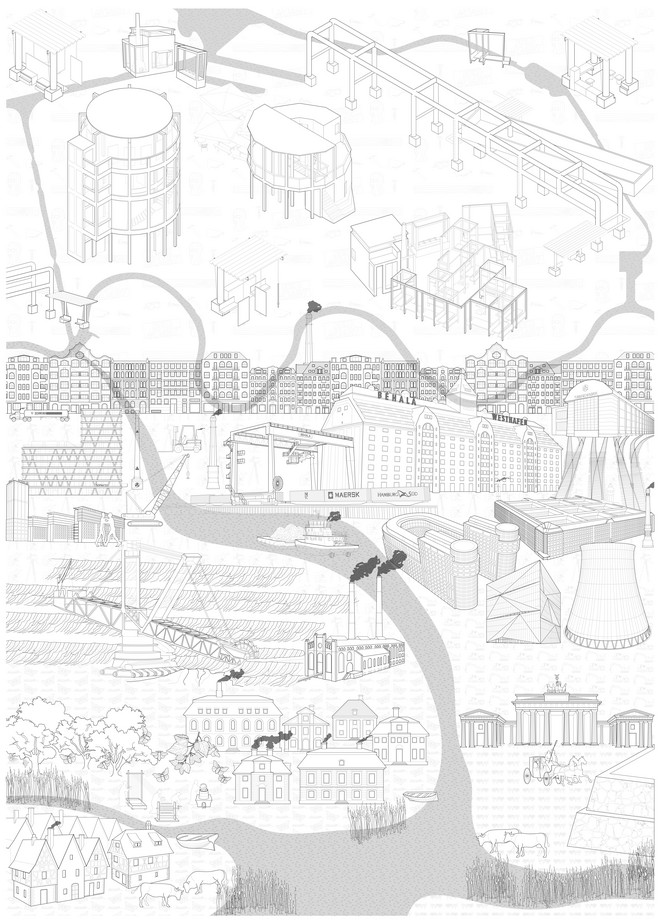
The industrial boom in Moabit was so powerful that by the peak of the industrialisation period, the area began expanding to the west. To give one example—the neighbourhood of Siemensstadt was built and funded fully by the company to accommodate its headquarters, factories, power plants, and workers’ housing. The current and post industrial areas, wholesale vendors and complexes, and freight infrastructures are profoundly visible.



My proposal includes an assemblage of structures and interventions across the neighbourhood of Moabit. They differ in size, function, materiality, and the practices that they are addressing or aiming to envelope. I choose to focus on four probes.
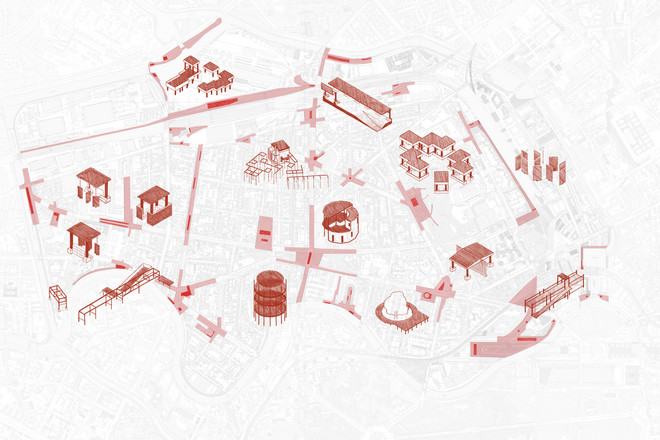
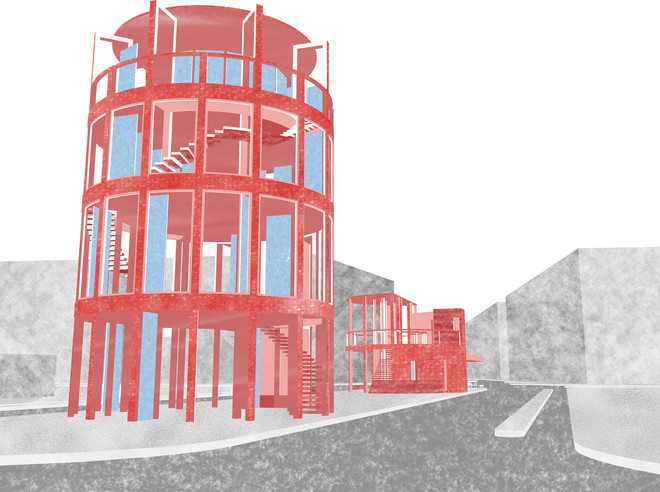
On the south side there is the Local Media Outlet, a tower with free entrance for people to “meet the press”, a hub for sharing what’s happening in Moabit.
These actors have a huge part in raising the awareness of Moabit residents, and so building their Headquarters is crucial for spreading the word, propaganda, transparency, sharing information, and strengthening relationships between residents.
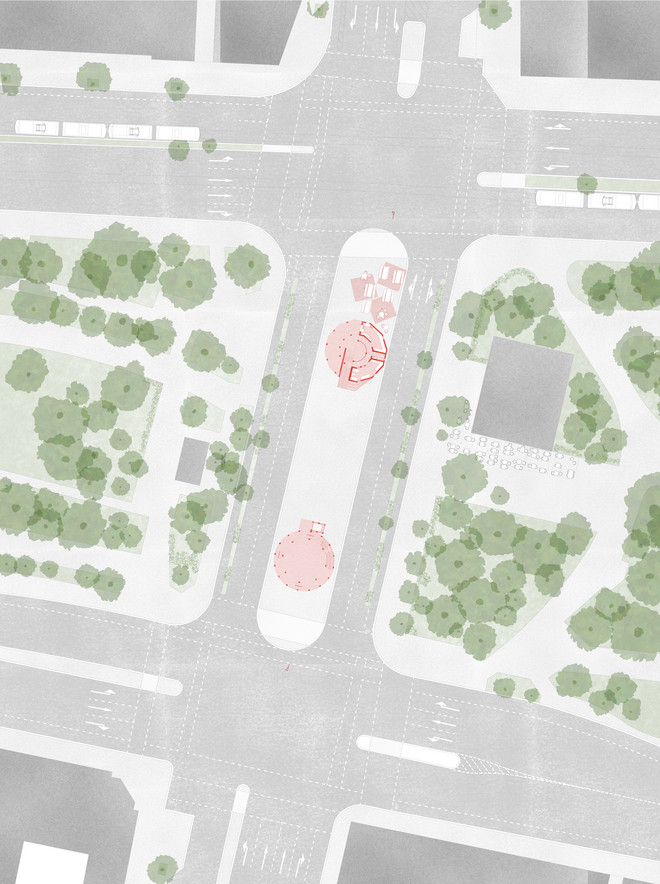

The upcoming tram stations for an open museum for the industrialised Moabit. Open in a double meaning: the museum is open, accessible to pedestrians on street level and in continuation with the existing sidewalks. And open as in open-sourced, encouraging people to participate, add or subtract what gets to be presented. The museum displays artefacts, and bits of Moabit’s part in the industrial metropolis of Berlin.
Adjacent to the stations are walk-in clinics. These are meant to provide the much needed health care for the blue collar workers in the area. The clinics not only help people get medical care in industrial related injuries and disease, they can also act as a first aid station for street dwellers during winter, as well as injured protesters that can be rushed to the clinic from the Kleiner Tiergarten site I showed by the tram. Providing or ensuring healthcare is part of the ethical essence that the Ecological Class is promoting.
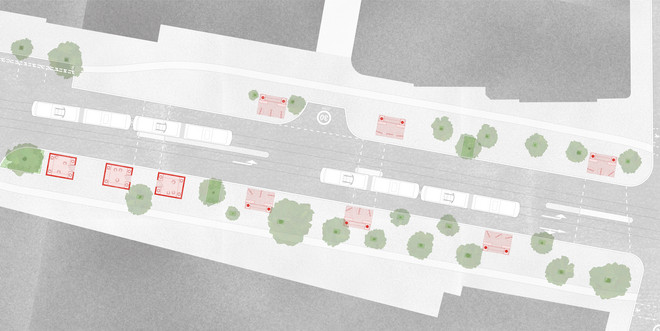

The facility is organised so multiple families and groups could prepare food on counter tops, grill it, and sit close-by comfortably. The three activities: Preparing-Cocking-Dining are connected as one unit of a picnic set. There is a water basin big enough for washing the dishes afterward. The Waste Kiosk collects and manages the food donations. They have the ability to store, refrigerate, and clean the products. The kiosk is also responsible for educating about the right methods of using the waste, and making sure hygiene standards are met. The new communal oven stands where the iconic Paech bakery chimneys used to be.
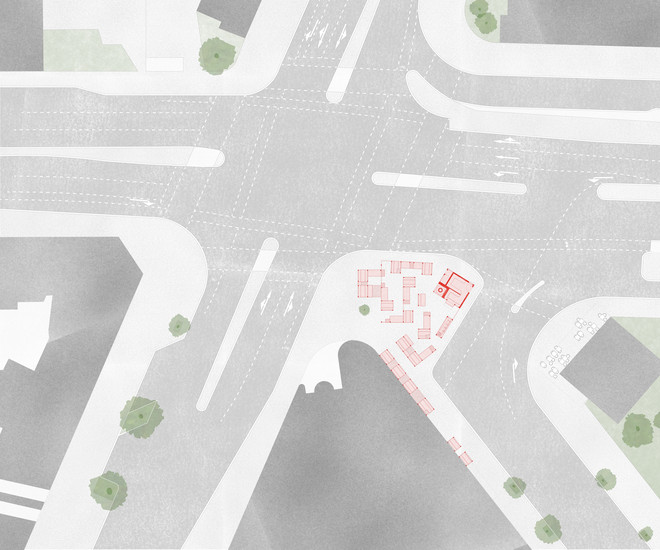

The arch acts as a signifier for people both from within the neighbourhood and outsiders to recognise the Ecological Class Assembly Hall.
The decommissioned sewage pump house will host many different ecological practices. The Arch show the importance of a democratic, free space for class meetings, discations, workshops, events, and other types of gatherings.
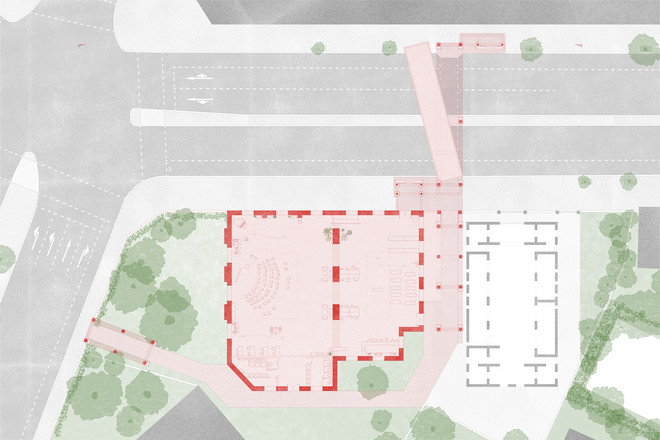
Det Kongelige Akademi understøtter FN’s verdensmål
Siden 2017 har Det Kongelige Akademi arbejdet med FN’s verdensmål. Det afspejler sig i forskning, undervisning og afgangsprojekter. Dette projekt har forholdt sig til følgende FN-mål